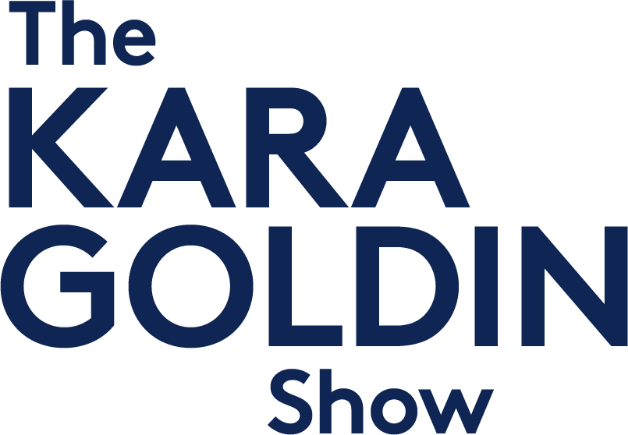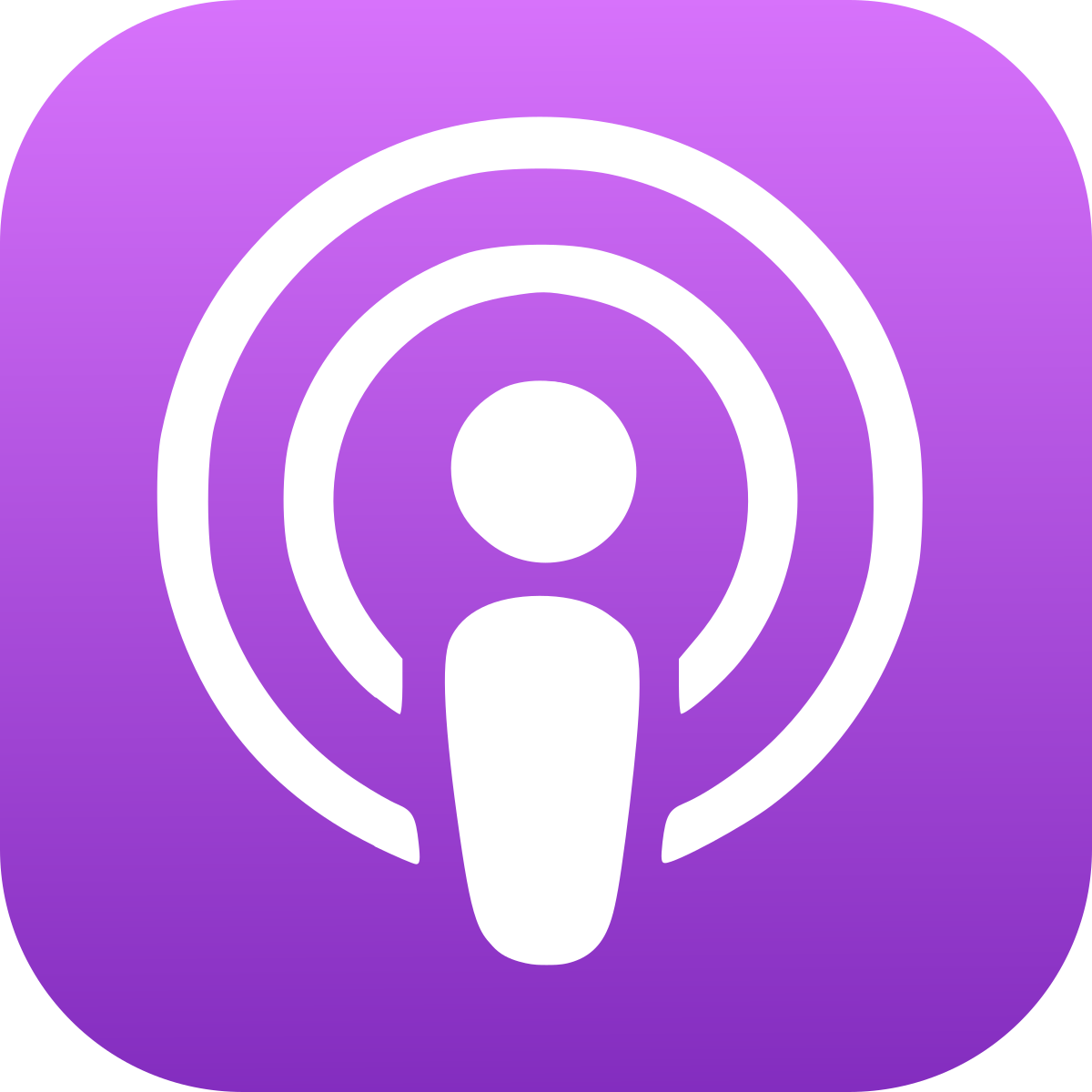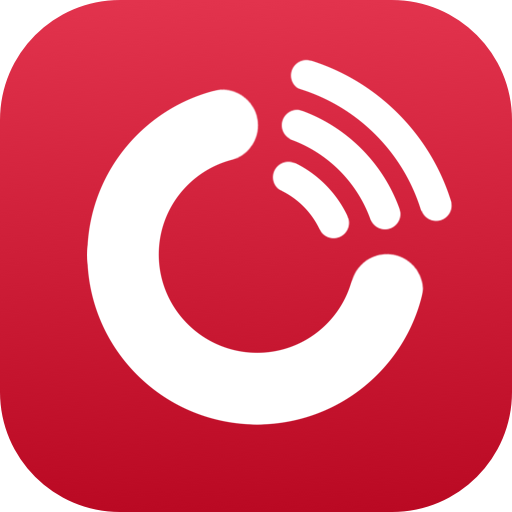Aaron Luo: Co-Founder & CEO of Caraa
Episode 677

On this episode of The Kara Goldin Show, we’re joined by Aaron Luo, Co-Founder and CEO of Caraa, the modern luxury bag brand built for real life. With a background running billion-dollar businesses, Aaron left the corporate world to chase a bold vision—one where design, durability, and functionality collide to create bags that keep up with today’s dynamic, on-the-go lifestyle.
During our conversation, Aaron shares the founding story of Caraa, how he and co-founder Carmen Chen Wu built a brand with lasting power, and what it takes to create products that are as versatile and resilient as the women who carry them. We talk about the power of thoughtful design, the difference between hype and real brand equity, and how he navigates everything from scaling operations to staying creatively inspired.
Whether you're building a fashion brand, obsessed with product development, or just love a good founder story—this episode is packed with wisdom, passion, and practical insights. Now on The Kara Goldin Show.
Resources from
this episode:
Enjoying this episode of #TheKaraGoldinShow? Let Kara know by clicking on the links below and sending her a quick shout-out on social!
Follow Kara on LinkedIn – Instagram – X – Facebook – TikTok – YouTube – Threads
Have a question for Kara about one of our episodes? Reach out to Kara directly at [email protected]
To learn more about Aaron Luo and Caraa:
https://www.instagram.com/caraasport/
https://www.linkedin.com/in/aaron-luo-4055792/
https://www.caraa.co/
Transcript
Kara Goldin 0:00
I am unwilling to give up that I will start over from scratch as many times as it takes to get where I want to be. I want to be you. Just want to make sure you will get knocked down. But just make sure you don’t get knocked out, knocked out. So your only choice should be go focus on what you can control. Control. Hi everyone, and welcome to the Kara Goldin show. Join me each week for inspiring conversations with some of the world’s greatest leaders. We’ll talk with founders, entrepreneurs, CEOs and really, some of the most interesting people of our time. Can’t wait to get started. Let’s go. Let’s go. Hi everyone, and welcome back to the Kara Goldin show. So, so excited to have my next guest. He’s a returning guest. Actually, like many entrepreneurs, has a couple of different companies. So we had him on about a year and a half ago for another company that he has started, been involved in, and today we’re going to talk about Caraa. So you cannot hate the name, of course, if you’re watching the Kara Goldin show, spelled a little bit differently. But Aaron Luo is the co founder and CEO of Caraa, the New York based lifestyle brand known for crafting versatile fashion forward bags built to keep up with modern life. And boy, do I love these bags. They are so, so amazing. After a successful career running billion dollar businesses, Aaron returned to his first love fashion. Together with his co founder, Karmen, they created Caraa to meet the needs of today’s women who are moving seamlessly from work to workout to weekend and just incredible, incredible bags. I particularly love the yoga bags because we’re always looking for something to hold that mat and everything else but diaper bags, you name it. I mean, this is, this is really, really an incredible, incredible piece, and must have piece that everyone should get their hands on. And I should also say that it’s not just for women too. They’re, they’re very versatile looking, and they’re not, not something that you’d be embarrassed to hold, no matter what your gender is. So Aaron, welcome back to the show. How are you?
Aaron Luo 2:33
I’m great. Thank you very much. Kara, what a wonderful introduction. As always, really excited to chat about the second business, matter of fact, actually is the best, the bigger business of the two, with with you and the audience. So thanks for having me on Absolutely
Kara Goldin 2:49
So Caraa, what was the whole when you decided to start this, this company in the market that you knew you had to just move forward with this idea?
Aaron Luo 3:01
Yeah, yeah. So a little bit of the genesis behind the brand, in terms of how we started the brand was started in 2014 and even though I grew up in finance and M A My family has always been in fashion and supply chain, over the last three decades, had an amazing opportunity to work with some of the world’s leading luxury brands, always in the global manufacturing space and supply chain. So, you know, after, you know, a short but you know, very exciting career in finance, you know, I decided that, you know, we felt that the retail and fashion space was right for disruption. And I’m going to caveat the word disruption a little bit, because I feel like it’s a little bit overused, especially in the startup community. But you know, when, when we started the brand originally, you know, we looked at some of the brands that came in front of us, you know, and this was somewhat in the height of E commerce, where, you know, you had Warby, you had bonobos, you know, you had Casper a lot of kind of these DTC brands start popping up. And what was interesting, when we studied and looked at those brands, we felt that they were really amazing marketing machines in terms of, you know, how well they were effectively acquiring new customers. But often the product took a little bit of a second stage. You know, the products wasn’t bad, but we just felt that it was like it was good and but we think we can, we can do something a little bit different. We know bags really well, and we always felt that the backspace just was missing that piece that’s high end, that’s well designed, but also extremely functional. So, you know, we wanted to give her something that it’s really, really versatile in terms of different stylings that she can do. But also, you know, not at the luxury price point, still learning from all the brands I mentioned before in terms of how well they did from the marketing standpoint. But really wanted to kind of let the product and the design TAKE THE. At the center stage, if you may. So, you know, initially we started the brand with two bags as a tryout. It’s our studio bag. It’s still one of our best sellers, one of the, you know, one of the editorials, you know, called as the brand that invented the athleisure handbag, which we’re really humbled to be called that. And, yeah, I mean, 10 years later, you know, we’re celebrating 10 year anniversary, we have north of 100 SKUs, three major collections, and it’s been, it’s been a wonderful journey so far. So
Kara Goldin 5:33
the go to market strategy, obviously, you had dealt with a number of companies who had, who had you had manufactured, your family had manufactured for but talk to me about the go to market strategy, and how did you think about that?
Aaron Luo 5:49
Yeah, so again, you know, kind of setting the stage in terms of where we were back in 2014 right? This was a little bit like I said, the high of DTC. And we love that model. Because, you know, if you look at traditional fashion brands, you were very much depending on the wholesale selling model where, you know, you very much depending on the Barneys, of course, in the RMP, you know, they’re no longer around, but you know the department stores, if you may, right, you very much depending on department stores to sell into them, to sell your product. This was before the E commerce came around. And, you know, that was a tough business model. We always felt that that was a tough one, because it’s very limiting in terms of how many different Barneys or neimans or the Nordstroms exist, and also it’s a little bit of, you know, there’s a lot of kind of hidden rules in terms of, you got to be around two or three years before you sell into them, and you kind of got to know the buyers a little bit. You have to have a good relationship with the press, you know, for them to talk to you. And so there was a lot of, you know, kind of a little bit of quirkiness into the process in terms of how you need to sell versus e commerce, you know, it’s more about, hey, can you tell the story well, and are you able to build a digital relationship with your customers? So that’s kind of the route we took. And lucky for us, I think, you know, we had some amazing mentors and other brands that we could study, right? I mean, you know, I mentioned a few brands in the past that just had an amazing customer acquisition strategy. So we kind of took that, but really kind of centered the story around the product, in terms of why our nylon is exquisite, you know, why do we design the way we do? Who do we design for? And then, you know, kind of let the product take the center stage and do the storytelling there. But the focus was very much to leverage the digital channel and the platform to build a relationship with the customers. That’s
Kara Goldin 7:44
amazing. So today you mentioned you have 100 SKUs. How do you go from two SKUs to 100 like, what are the metrics where you start to say, we need to innovate, we need to develop more. I mean, where do you get the courage, the inspiration, to actually go and do more?
Aaron Luo 8:06
Yeah, it’s a great question, because when we sit down and build our collections, right, it’s interesting. You know, my co founder, Carmen, she’s a CFDA awarded fashion designer, spent most of her time or her career in the luxury fashion space, and when her team and myself sit down and talk about introduction of new products, we always ask ourselves, what does the world need another backpack? What does the world need another tote? And often you see her say that, if the answer is because we think we can do it prettier, we usually not gonna do that style, right, just because I think, you know, fashion is such a wasteful space to certain extent that, you know, truthfully, when you talk to most of the fashion designers, everybody will tell you, my style is better, my taste is better. I can do it better. And so we’ve taken a little bit different approach and say, Hey, is there a gap in this, you know, in the world when it comes to this particular assortment, you know, baby back, for example, our baby collection is a good example. When we initially started, you know, in designing our baby collection, we just felt that there was nothing exquisite on the marketplace that was, you know, both feminine but also unisex at the same time. Because the truth is, a lot of dads end up carrying, you know, the baby bags, something that’s super lightweight with a lot of compartments that can be carried in multiple different ways. That, hey, it’s not a Chanel, right? No disrespect to Chanel, but it’s not going to be $2,000 but it’s also not something you will find on Amazon, right? It’s not like a below $100 so there wasn’t really anything around that’s, you know, that we feel that really needed to be designed for the for the woman that we’re designing for. So, so you ask, how do we go from two to 100 I think it’s little by little. First of all, and it’s very much a test process in terms of, we. We go from two to 10 tests, maybe retire three, but then introduce another four. So it’s been a journey in terms of kind of that testing process. We’re extremely experimental in terms of how we introduce new products, and part of it is to use every season as a learning experience and gather their KPIs that we need to really understand, did that work? And, you know, even today, what’s interesting about our assortment is, you know, we always say we’re the fashion brand that’s not a fashion brand, mainly because, you know, a lot of fashion brands, they chase trends quite a bit, right? Every single season or every single quarter, they come out with a new set of collections and retire the old ones. And that’s great. I think you know that that model has been around for decades. And I think there’s an audience and brands that do really well following that model for us, you know, we always strive to come up with evergreens. You know, we either rate right the evergreens over time in terms of version one, version two, version three. But the idea is to really improve an existing Style and silhouette versus coming up with a totally different collections every single season. So even though we do have 100 styles currently, a lot of it has been around for more than four or five, six years, but it’s the better iteration of that style. If you compare us with four or five six years ago,
Kara Goldin 11:27
what has been one of your more successful products that you didn’t anticipate? Yeah,
Aaron Luo 11:32
so when I think about our best sellers, I always come back to the sling, for example. So sling. It’s a funny pack. It’s a funny pack. At the end of the day, we introduced this in 2016 and, you know, currently, of course, the fanny pack have had, you know, a huge comeback, right, in the last three or four years. But when we first introduced that style, it was somewhat still different. Again, the silhouette has been around for a long time, but, you know, we always like to think that we are one of the first brands that made it a little bit cool and, you know, and that’s something that we do quite a bit when we design, right? It’s to look at, you know, existing styles that actually existed for, you know, decades, if you may. And how do we actually take that silhouette and come up with something that is unique, different, refresh? So, so you know, you asked me, what, what has been a style that really kind of surprised us, surprised that sling was one of them. It was something that we initially kind of tested, received some great, amazing feedback from our customers. And then from there, you know, when you think about our sling right now, we have over nine different colors, three different sizes, small, medium and large, and still is one of our most successful silhouettes that we’re selling today.
Kara Goldin 12:53
I love it. Well, your brands definitely are fashionable. I feel like you’ve landed in this kind of quiet powerhouse space that is not too loud, too luxurious, but quite, you know, functional. Did you feel like that was really intentional as you were moving forward? I think that you know you’re not developing the bag in 30 different colors either, right? You’re really that one of the bags, that one of the backpacks, I don’t have the name right here, that is kind of, it’s almost like a tan color, but it’s not leather, it’s it’s very lightweight, it’s functional, but it’s also looks incredibly good. You could wear it with a suit, a dress. You could also throw diapers in it. It’s pretty terrific.
Aaron Luo 13:50
Yeah, no, it was, I that was fairly intentional. You know, when we started the brand, like I said, the genesis behind the brand was to give her something that is extremely lightweight, a lot of pockets, a lot of different ways to carry it. And even until today, we feel that we kind of carve out a nice niche within that space for the characteristic of the bag that I mentioned before you mentioned about the different materials that we use. We intentionally use engineered materials like nylon, just because we feel like there’s a lot of innovation that can go into the material. For example, you talk about nylon. Nylon is extremely durable and it’s extremely lightweight. But one thing we find out is that a lot of our customers actually end up using for diapers or end up using for gym it’s not it’s uniquely designed or intentionally designed for those things. But as you can imagine, there’s a lot of dirty things that goes into those bags. And you know, when you think about fabric and dirty things, normally, the fabric will suck in the smell and then end up stinking. So what we end up doing for our product. Is that you think about the lining, we ended up infusing the nylon with silver. And what that does is that it gives the fabric a very unique property, which is antibacterial, so that it doesn’t allow the moisture and humidity to really get into the fabric. Hence the bacteria cannot be accumulated, hence it’s not gonna smell. So it just a good example of how we thought about functionalities behind the bag and and so so. Again, to answer your question, I think that was fairly intentional, you know, it’s interesting. I think for us, you know, customer really comes first, you know, before we sit down and really think about a new product, we think about, what does she need, or what does he need? And, you know, I think for any entrepreneur, for any business, right, when you think about new product, if you start thinking about the product you need versus the need of the customer, I think it’s a mistake, so that’s why we spend a lot of time trying to understand her and him. Right To your point, before, I think a lot of male customers end up actually purchasing our products for the different things they do throughout their life. But it’s really understanding what does she need? You know, whether it’s a baby collection as a mom, right, as a mom of three that’s jogging around three different things in a day, whether she need on the go, or when she’s taking that trip to Cabo, or there’s visiting her dad in Milwaukee, you know, whatever, whatever it is whether she need when she travel, I think once you understand kind of her lifestyle, it’s when the product actually it’s going to have a much better fit into, you know, kind of things that she needs throughout the day. Definitely.
Kara Goldin 16:43
I love the fact that you started out, you mentioned in finance, and you kind of came back to what you really enjoyed doing, which was creating. And as I mentioned when I was doing an introduction for you, you are a serial entrepreneur and in different, totally different categories as well. What’s been kind of the biggest shock for you, I guess, going from working in finance, in a large company to, I mean, you’re manufacturing goods. You’re actually doing it in two different parts of the world for both of your startups. So I’m sure that that has its own, especially in today’s market, its own challenges. But can you talk a little bit about just overall I you know, what have you learned? What’s been surprising? You know, everything that you thought you were prepared for, is it you wake up and it’s different? Yeah,
Aaron Luo 17:51
boy, I can spend hours talking about, talking about, eventually, I think I will. You know, I don’t know if I know enough to write a book, but I think eventually I will write something to share with the world, for, you know, people who are either aspiring or thinking about doing the same thing. There’s a ton of learnings. Kara, you know, I think the two things that comes to mind the most, which is something that we battle every day. You know, obviously I’m gonna park kind of business related when it comes to product aside for a moment. Because, you know, one thing obviously, in my mind is, you know, how do we actually tell the story, and how do we reach to more people, right in terms of our product and the story of our brand? I’m gonna park that aside because that’s something that I think, regardless of the brand you do, whether small, big. I think it’s kind of the same, you know. I think the learnings from big companies, small company, and the things that I find the most shocking, first thing is people. It’s very interesting. I think going from large company to smaller companies, you know, I was fortunate enough to spend a decade with GE, love the company, love the people I work with. But it’s a very unique set of people that you end up going to large companies or fortune 500 companies. You know, the things that drives them, their backgrounds, their you know, just any everything about that group of people. It’s very different than running a startup. It’s the way you motivate, the way you compensate, the way you, you know, kind of work with your team on a daily basis. That was probably the biggest thing I had to adjust, you know. And I’m still adjusting, you know, you know, over 10 years later. So that’s probably learning number one, I think, for anyone who is, you know, kind of, perhaps following the same journey, going from, you know, kind of a structure, you know, kind of a fortune 500 kind of companies, to your own startup. Just be humble and be be ready to learn and to get punched in the mouth a few times. Times along the way to really kind of understand what motivates your team, you know? And it’s not, you know, most of the time, it’s not a prestige, it’s not the actual dollar compensation, you know, it’s more and you understanding that it’s extremely important to scale the business and be successful. So that’s one the second thing is standardization of the processes. And this is a big learning for me, Kara, because, you know, so I was fortunate enough to be in finance, but I also work a little bit in operations, you know, in ERIC Hall Lean and Six Sigma back in my GE days, which is all about standardization of processes. You know, how do you actually drive continuous improvement? And so on so forth. When I first started our businesses, both in Caraa and also in Mercado famous, which is the other other brand that that you alluded before, I first was naive enough to think that, hey, as a smaller brand, especially because you’re still forming your processes. Standardization of process is no important, right? Because think about this. You know, you’re still forming. You’re still coming out with new processes. You don’t know yet what’s a standard process. So let’s not waste, quote, unquote, waste time coming up with a standardization of those processes, because it’s not very much needed. And that’s absolutely wrong. I think the one advice that I always give to people, and now we’re fortunate enough to also start you know, sitting on boards, on all the brands, and helping other entrepreneurs to, actually, you know, start a similar journey. I always tell them, standardize and document as early as you can. Yes, don’t do it day one, because obviously, you know, your processes are still being formed, but as as soon as you have something in the works, standardize it. I think that’s the only way that you can scale as a business, otherwise you’re going to be, you know, basically enslaved, you know, to your own business for a long time, if only you know how to manage that process, out everything into your head, or maybe only a handful of people within organization that knows how to handle certain processes. So I think those are two things that we’re currently battling in terms of, how do we standardize our processes as we grow, and then, how do we create an environment with our people in terms of kind of people management and scaling with our people?
Kara Goldin 22:13
How does it vary, I guess, in terms of internationally and everything going on, tariffs and all those conversations. I mean, it must be really difficult to even predict, right?
Aaron Luo 22:28
You can’t, you know, yeah, it’s, it’s so interesting. I, you know, again, I’m fortunate enough to be, you know, part of several CEO communities for, you know, smaller startup, you know, so large organizations. And I just remember, you know, few months ago, I was sitting down with, you know, one names, but you know, she’s the, she was the CEO for a large fortune, 500 companies. And she was just saying, like, oh, you know, we were sitting down with the Office of, you know, Speaker Johnson. And, you know, we were just talking about tariffs, you know, we think that this is something that you know might not stay. And, you know, and and we actually now several months after the inauguration, or a month after, several months now after inauguration, and knowing kind of what the environment that we live in, it’s here to stay. It’s here to stay. And we’re kind of trying to prepare the best we can. I think, you know, we don’t have the answers. I think nobody have them, you know. And I think trying to predict, it’s, it’s like you’re trying to be a Harry Potter, right? In terms of, like you’re another wizard, you’re another witch. Okay? You can’t really, you don’t really know what’s going to happen. So I think for us, it’s all about being as prepared as we can be so, you know, I think if we’re having this conversation, perhaps, you know, three or four years ago, you know, I’ll be telling you, oh, we’re looking at other manufacturing locations around the world that might be tariff, you know, free or cheaper tariffs, but that that might not be a valid statement anymore in the day that we live today, right? Because I think the world of tariffs and international trade is changing dramatically as we speak. It’s exciting time, to certain extent, because we are writing history, you know, as we kind of live right in the next several days, actually, you know, I think, you know, the administration is about to announce something on Wednesday in terms of tariff as far as what’s going to happen. And we’re sitting April, you know, when we recorded this, or we’re recording this, but I think we just need to be as prepared as we can so location, it’s no longer, you know, a valid solution in terms of finding a location that’s tariff free or cheaper tariff. It’s more about business model, right? Like, you know, are there any ways to save costs from a product innovation standpoint that can help, ultimately not passing the price increase to the customers. So definitely, don’t have all the answers yet, but we’re definitely looking inwards as far as our business model and. And see if there’s ways we improve, you know, to the extent of a perhaps a part of our supply chain can be brought back to the US, right? I think historically, we’d rely heavily on international trade because we could and because I think it made sense to do about them. But with the change in weather, let’s just call it, there might be portions of the supply chain that might make sense to bring it, you know, back to the US, exactly so, but yeah, very, very, you know, uncertain times that we’re living through exciting. I think it’s exciting because I think, you know, during this kind of times is when you challenge yourself to really innovate, because you have to to certain extent, but nevertheless, I think it’s also, you know, somewhat stressful times, just because I think there’s so much unknown out there that’s very hard to plan. Yeah,
Kara Goldin 25:51
no, definitely. I feel like a lot of what you just articulated too, is to You’re never done, right? You’re always continuing to improve, even when you’re doing selling tons of bags, and you’ve got the right margins, and all of a sudden something gets thrown in to your timeline, and you’ve got to be able to, you know, call it pivot. Call it look at different opportunities. And it’s it entrepreneurship is hard, right? It’s, it’s not something that it looks glamorous, but I think it’s, you know, you’re constantly building the puzzle, as I always say, about entrepreneurship, no matter what industry you’re in, 100%
Aaron Luo 26:43
I mean, you know, you’ve worked the path yourself. Kara, you know, as a as a veteran, I think in the field that we’re in, in terms of entrepreneurship, and I always feel like the day that you are stagnated, you know, or that you’re you’re not evolving, I think something is wrong, whether you are not excited anymore about the job, or whether you’re not, you know, perhaps to have the drive anymore. I think, I think that’s time to look inwards and really understand what’s happening. Because, you know, in this case, you know, in case of tariff, and you’re forced to change, otherwise you just you’re gonna die. You know, for for brands like ours, who deal with international trade, tariff, it’s a huge part of what we do. So in this case, we’re forced to change. But like I said, I welcome that. I welcome change. And perhaps this is a little bit of the training I had back in the corporate, you know, in the corporate world where, you know, I was the one who was teaching change right, coming from, you know, six sigma and lean and continuous improvement. But, yeah, it’s, it’s, it’s nevertheless, you know, I think it is, it is nerve wracking. I think, you know, one thing I always say, and advice I give to other entrepreneurs too, is, you know, don’t beat yourself up in terms of trying to forecast the future, because it’s very hard. I think you know the best thing you can do, it’s, you know, looking at your inner processes within your organization and be ready for those changes as they come. So that sometimes translates to be nimble. And I think smaller organizations can be more nimble than large organizations, and a lot of times also, do you have the right staff that can help you to actually be nimble and pivot? So
Kara Goldin 28:28
great, great advice, Aaron, you are such a inspirational entrepreneur. So and Caraa is clearly doing something special in a super crowded space. So congratulations on everything. Everyone needs to check out, Kara and and also we’ll have all the info in the show notes, but really appreciate it. Good luck with everything. And thanks for coming on and talking to us about your journey, as well as the company too. So thanks again. Aaron, nice to see you. Thank
Aaron Luo 29:03
you very much, Kara, nice seeing you as well. Thanks again
Kara Goldin 29:06
for listening to the Kara Goldin show. If you would please give us a review and feel free to share this podcast with others who would benefit. And of course, feel free to subscribe so you don’t miss a single episode of our podcast. Just a reminder that I can be found on all platforms at Kara Goldin, I would love to hear from you too. So feel free to DM me, and if you want to hear more about my journey, I hope you will have a listen or pick up a copy of my Wall Street Journal, best selling book, undaunted, where I share more about my journey, including founding and building hint, we are here every Monday, Wednesday and Friday. Thanks for listening, and goodbye for now. Bye.
People Also Liked
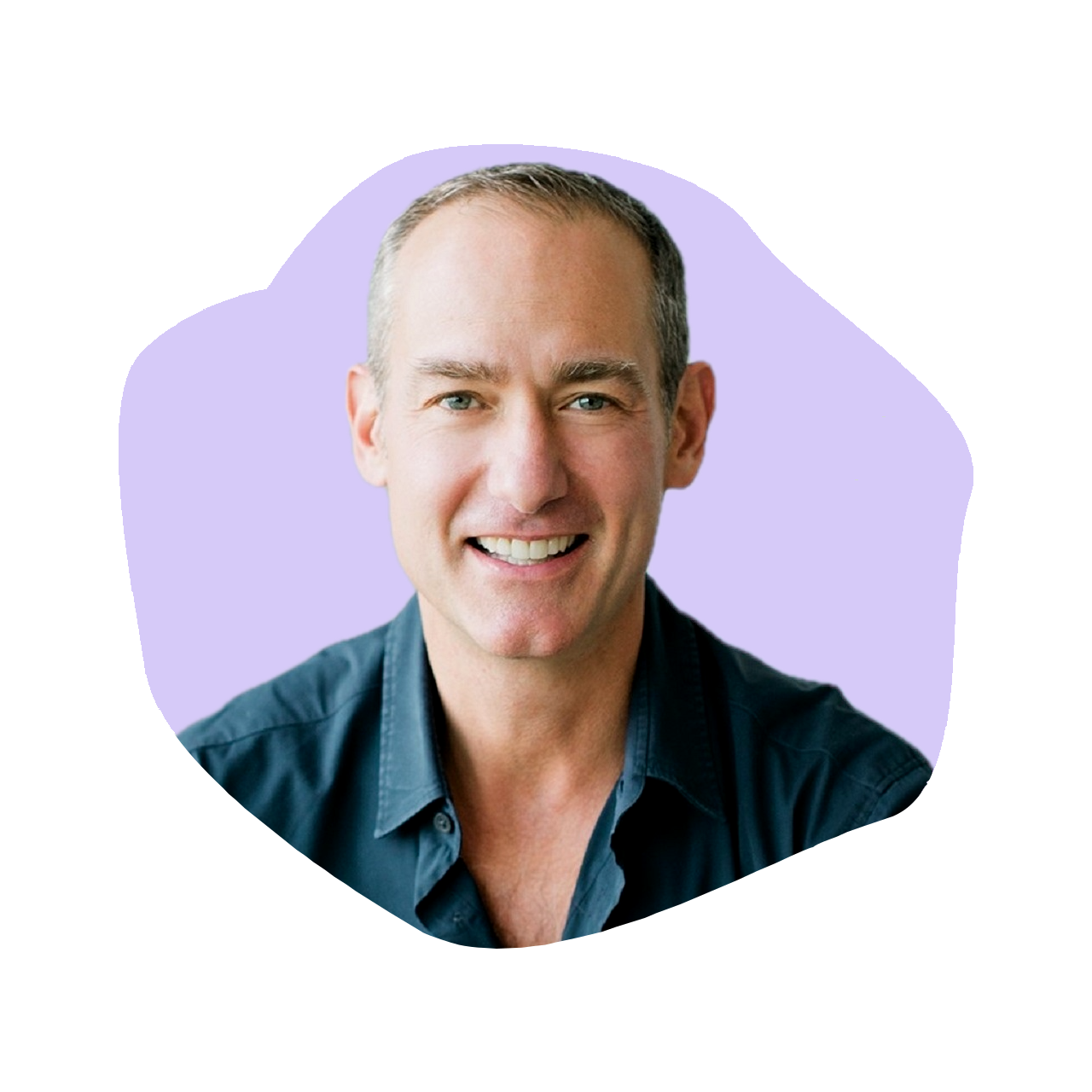
752
Mark Rampolla: Author of An Entrepreneur’s Guide to Freedom and Founder of ZICO

751
Deborah Pagani: Founder of Deborah Pagani Beauty
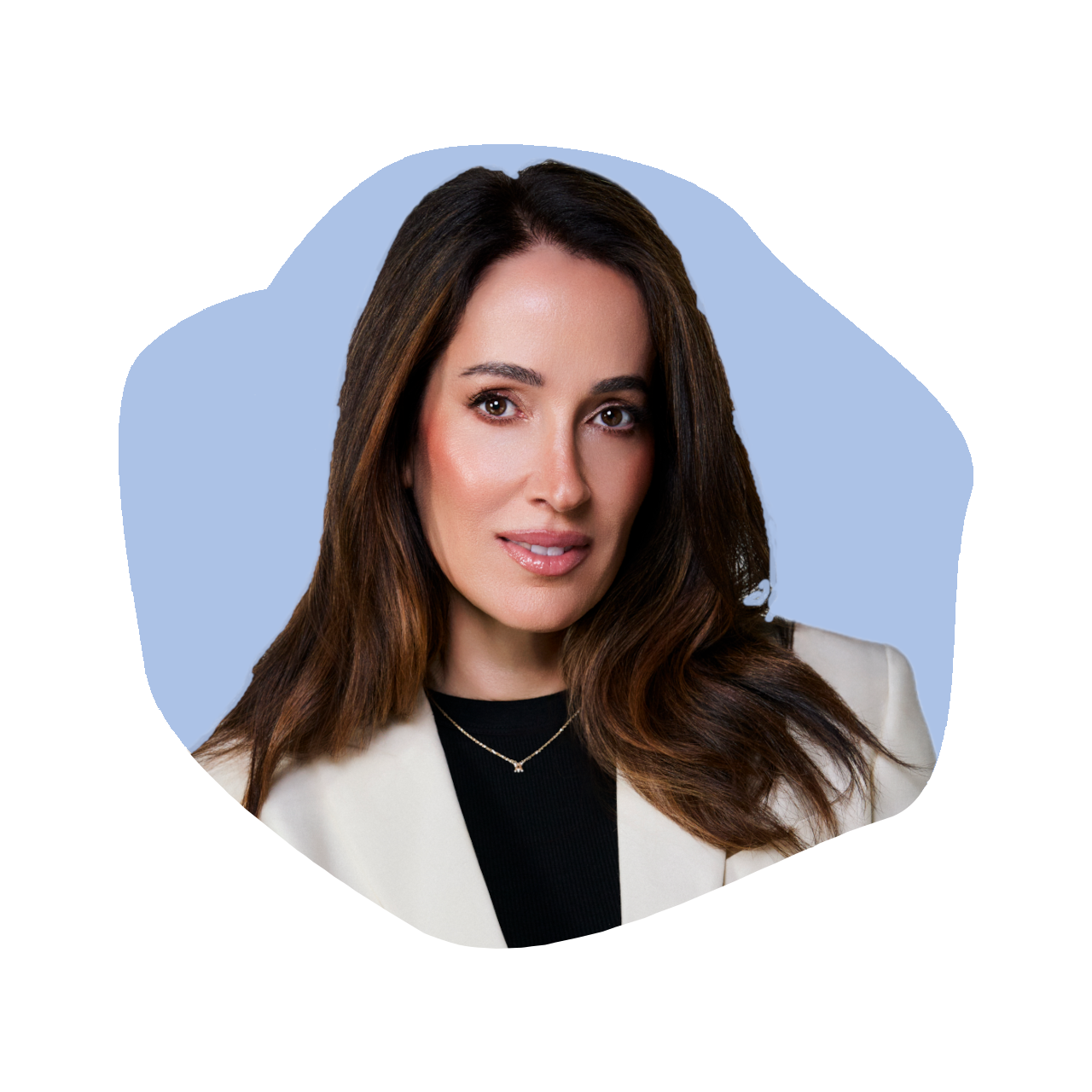
750
Angela Caglia: Founder & CEO of Angela Caglia Skincare
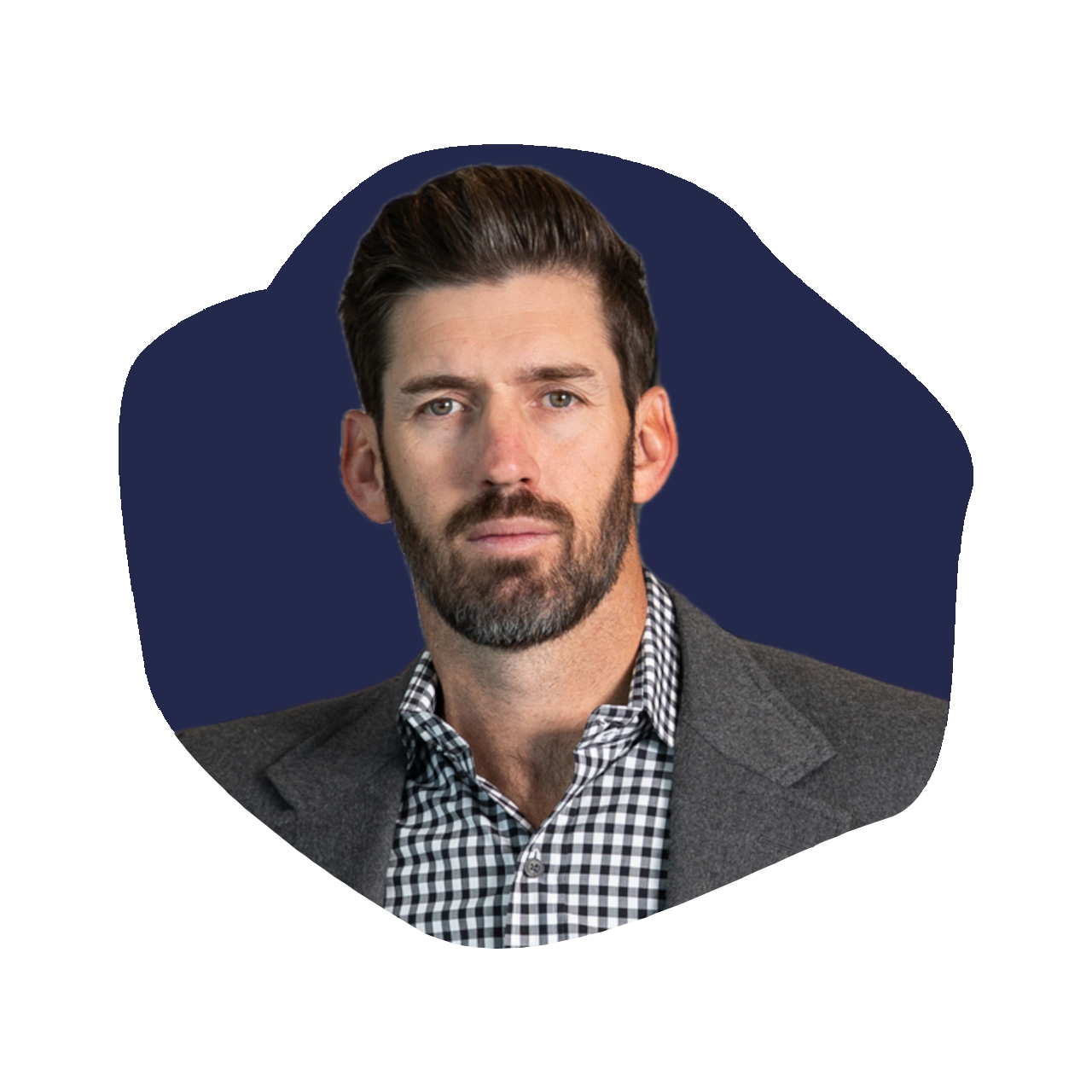
749
Doss Cunningham: Chairman & CEO of Nutrabolt

748
Cheree Ashley: Founder & CEO of Osier
